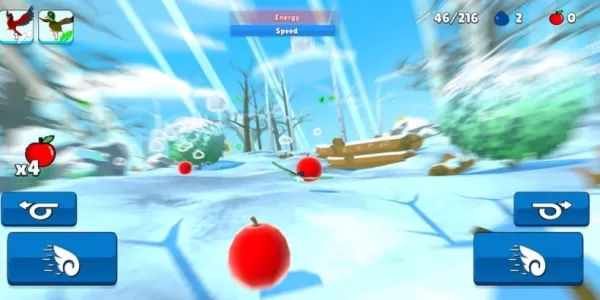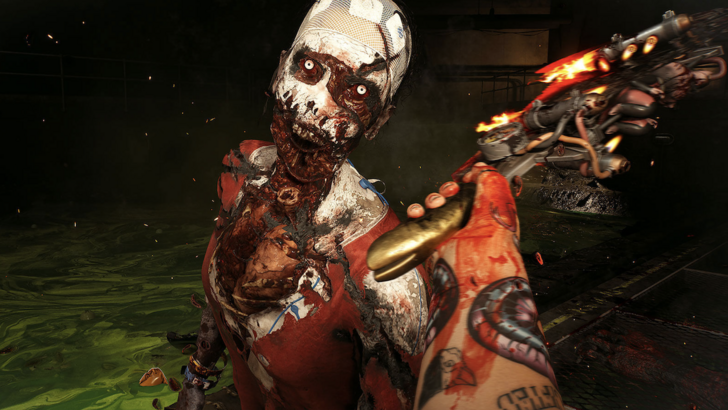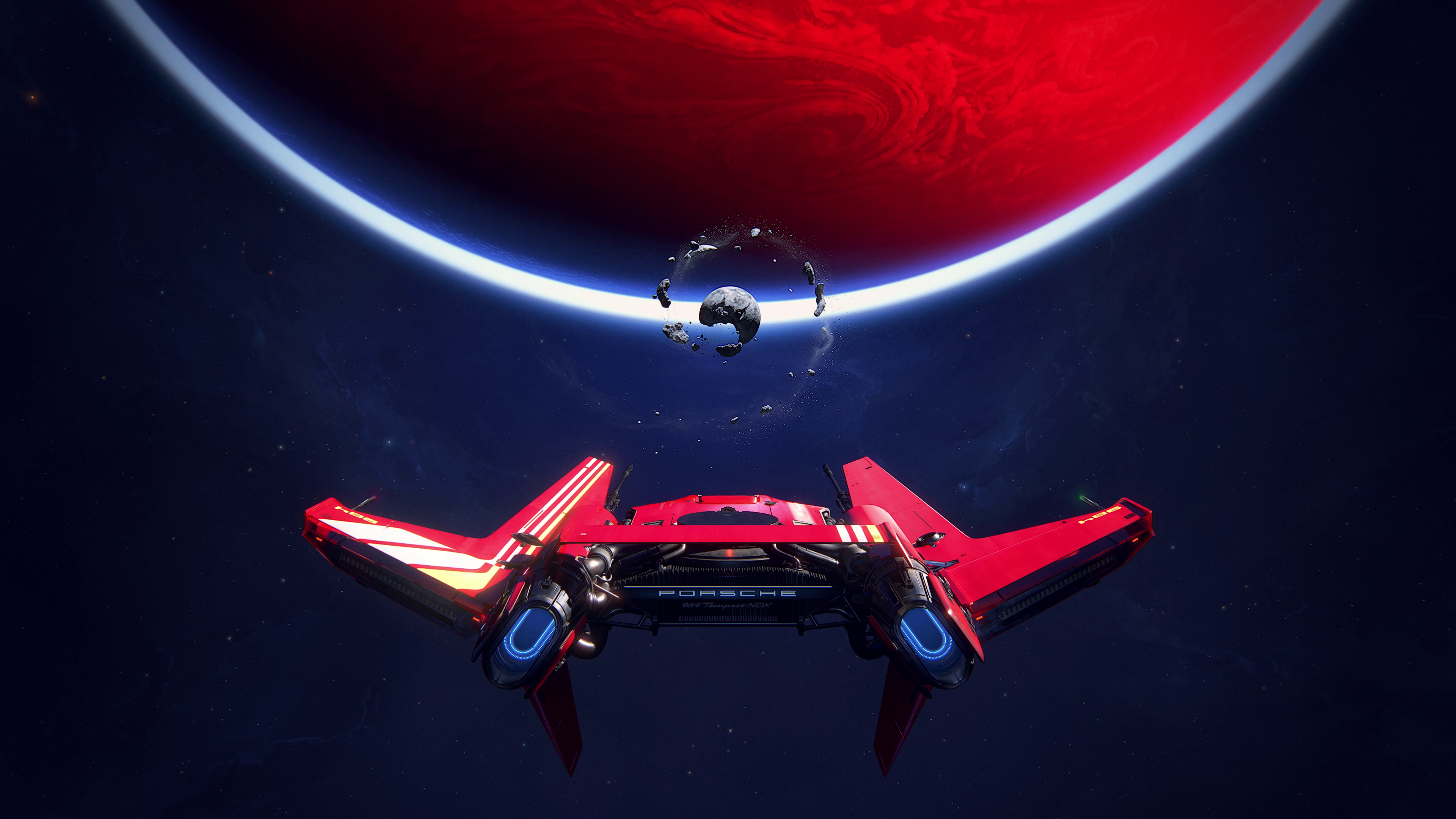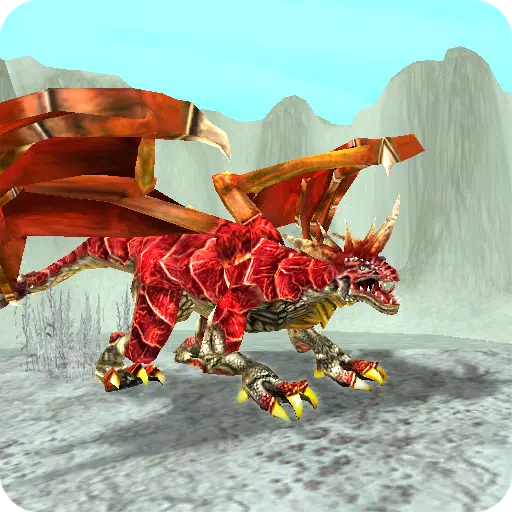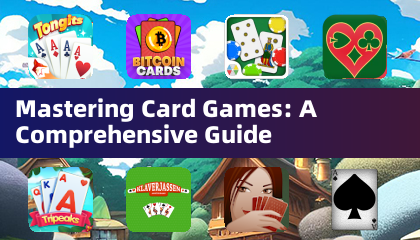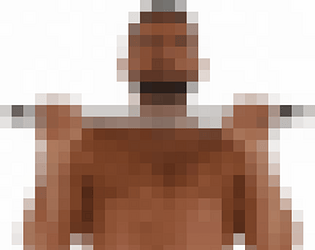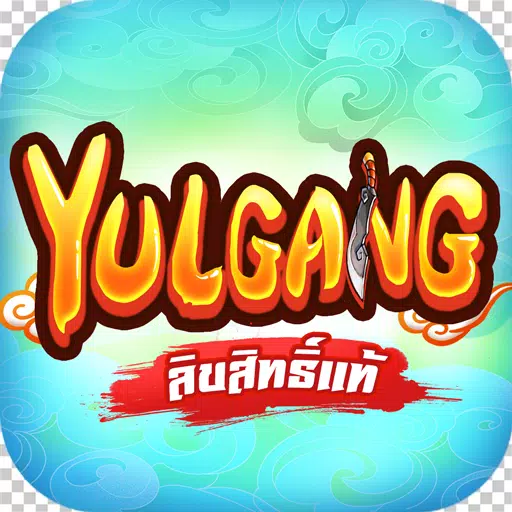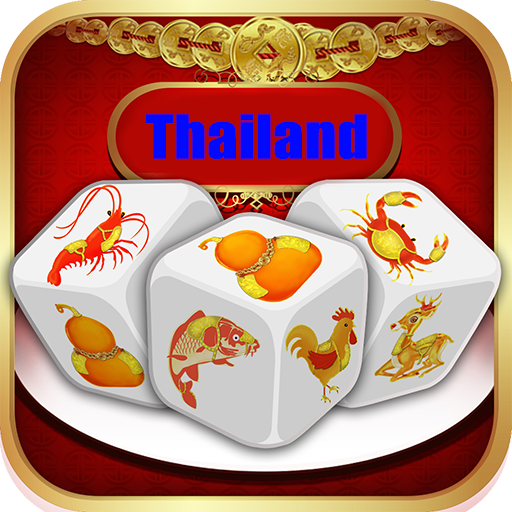
Monster Hunter is renowned for its diverse weapon types and thrilling gameplay. But did you know even more weapons existed in earlier games, never making it to newer releases? This article explores the rich history of Monster Hunter weapons.
← Return to Monster Hunter Wilds' main article
History of Weapon Types in Monster Hunter
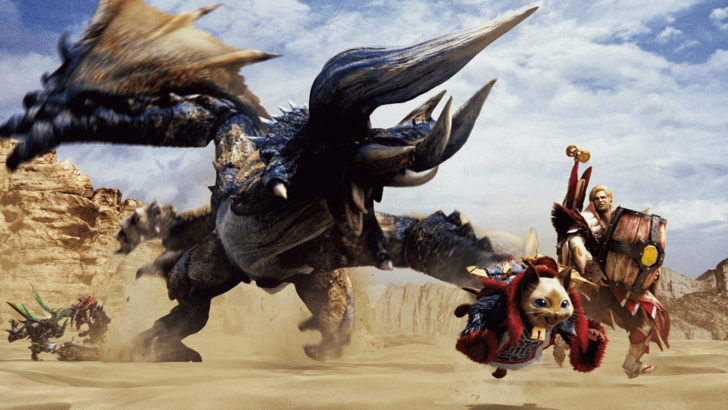
Celebrating over two decades since its 2004 debut, Monster Hunter's enduring appeal lies partly in its diverse weapon arsenal. Monster Hunter Wilds boasts fourteen distinct weapon types, each demanding mastery of unique strengths, weaknesses, movesets, and mechanics.
The evolution from the original Great Sword to its modern counterpart is dramatic, showcasing the series' commitment to refinement. Beyond these familiar favorites, many weapons from older games remain exclusive to Japan. Let's delve into the history of Monster Hunter weapons.
First Generation
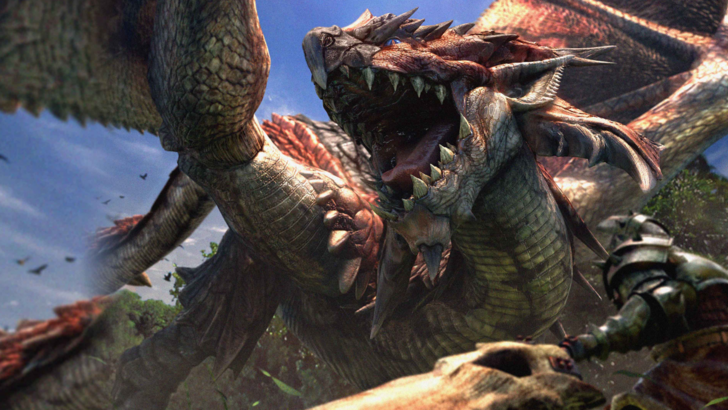
These weapons, introduced in the first Monster Hunter and its iterations, are the series' foundational arsenal. They've endured, evolving with enhanced movesets and mechanics.
Great Sword
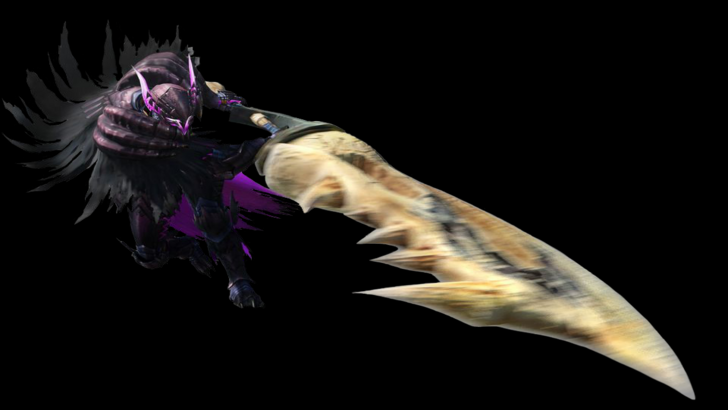
The franchise icon, the Great Sword, debuted in 2004. Its immense single-hit damage comes at the cost of mobility. While capable of devastating blows, its slow attacks and movement make it a high-risk, high-reward weapon. Early iterations emphasized hit-and-run tactics and precise spacing. A unique feature: the blade's center inflicted greater damage than its tip or hilt.
Monster Hunter 2 introduced the iconic Charged Slash, a multi-level charge attack culminating in a powerful swing. This became a defining feature, further refined in subsequent games with additional finishers and smoother combos. Monster Hunter World's shoulder tackle enhanced offensive flow.
The Great Sword offers a low skill floor but a high skill ceiling. Mastering its timing and maximizing damage with the True Charged Slash separates casual users from true experts.
Sword and Shield
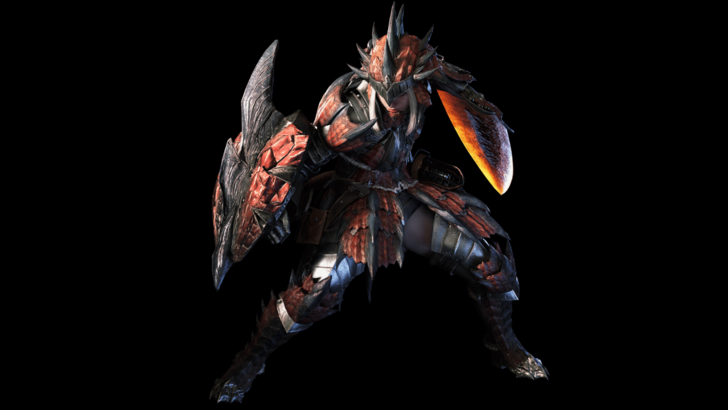
The Sword and Shield embodies versatility. While its individual attacks are relatively weak, it compensates with rapid combos, blocking capabilities, excellent mobility, and utility. Initially considered a beginner's weapon, its moveset has significantly expanded.
Early versions emphasized speed and mobility. Monster Hunter 2 added the ability to use items while the weapon remained drawn. Subsequent games enhanced its moveset with shield bash combos (Monster Hunter 3), backsteps and jumps (Monster Hunter 4), and the Perfect Rush and aerial finishers (Monster Hunter World and Rise).
Despite its short range and lower damage output, the Sword and Shield remains a jack-of-all-trades. Its infinite combo potential, evasiveness, powerful finishers, and defensive blocking make it a deceptively deep weapon.
Hammer
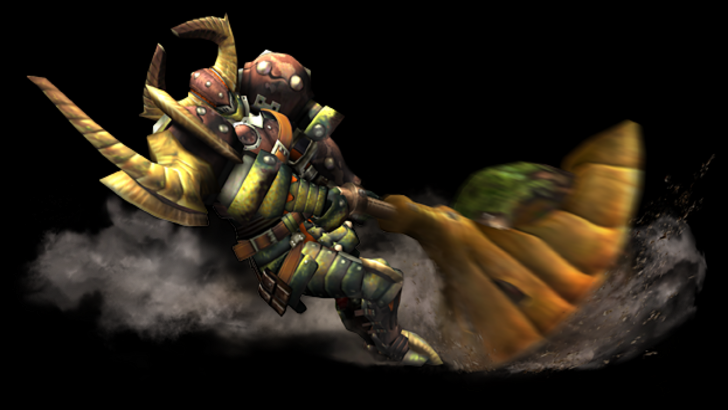
One of two blunt weapons (incapable of cutting tails), the Hammer excels at breaking parts, particularly heads. Post-Monster Hunter 2, it became renowned for its KO potential through repeated head strikes.
Its hit-and-run style mirrors the Great Sword, but it boasts surprisingly high mobility and lacks a block. Its unique charge mechanic allowed movement during charging.
Monster Hunter World and Rise significantly enhanced its moveset with the Big Bang and Spinning Bludgeon attacks, adding to its already potent arsenal. The introduction of Strength and Courage modes in later games added strategic depth, altering charge attacks and effects.
The Hammer's objective is straightforward: stun the monster by targeting its head. This seemingly simple goal requires skillful execution to maximize damage with charged attacks and combo finishers.
Lance

The Lance embodies the adage "a good offense is a great defense." Its long reach allows for ranged attacks, while its substantial shield blocks most attacks, even many considered unguardable with proper skill builds. While its mobility is limited, its damage output is substantial.
Its gameplay is akin to outboxing: poking from a safe distance behind its guard. Its core attacks – forward and upward thrusts – are chained up to three times, further enhanced by a counter mechanic. Running charge and shield bash attacks are used for closing distances.
Often underestimated due to its less flashy animations, the Lance rewards players for strategic positioning and defense. It allows hunters to play a tank-like role, surpassing even the Gunlance in defensive capabilities.
Light Bowgun
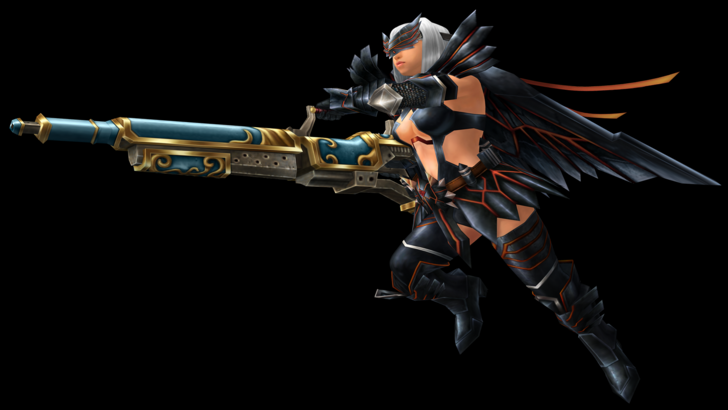
The Light Bowgun is a highly mobile ranged weapon, offering faster reload speeds, sheathing, and dodging than its heavier counterpart. This increased agility comes at the cost of limited ammunition and firepower. Customization options, such as barrels, silencers, and scopes, allow for personalization.
Its ability to rapid-fire certain ammunition types allows it to surpass other ranged weapons despite its limitations. The introduction of "Critical Distance" in Monster Hunter 4 added depth to ranged combat, requiring precise positioning for maximum damage.
Monster Hunter World introduced the Wyvernblast (planted bombs) and a slide maneuver, further enhancing its run-and-gun playstyle. Despite its simplicity, it has evolved into a robust weapon that is easier to master than other ranged options, while still offering significant depth.
Heavy Bowgun
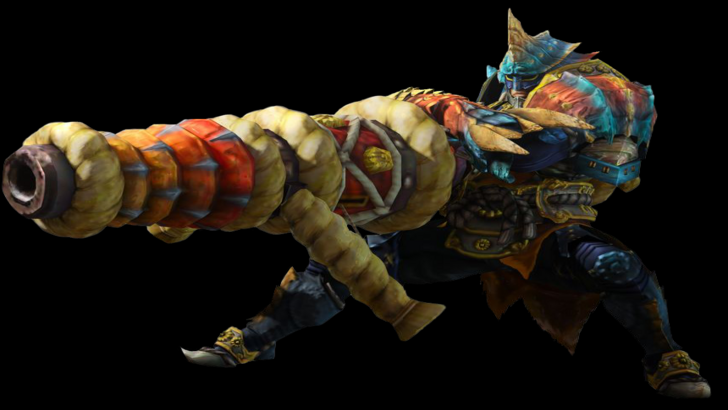
The Heavy Bowgun is the premier ranged weapon, excelling in high damage and a wide variety of special ammunition. Its size and weight, however, severely restrict mobility. Customization options exist, and shields can be equipped for defense.
Its core design remains consistent, providing substantial damage from a distance. Its low mobility, however, can lead to downtime if the monster targets the hunter.
Monster Hunter 3 introduced Siege Mode, allowing sustained firing without reloading. Monster Hunter World added the Wyvernheart (minigun) and Wyvernsnipe (powerful single-shot) special ammo types, requiring strategic ammunition management.
The Heavy Bowgun's strength lies in its powerful ammunition (Cluster, Crag, etc.), allowing for efficient monster takedowns. While minor changes have occurred, its core identity—high-powered weaponry—remains unchanged.
Dual Blades
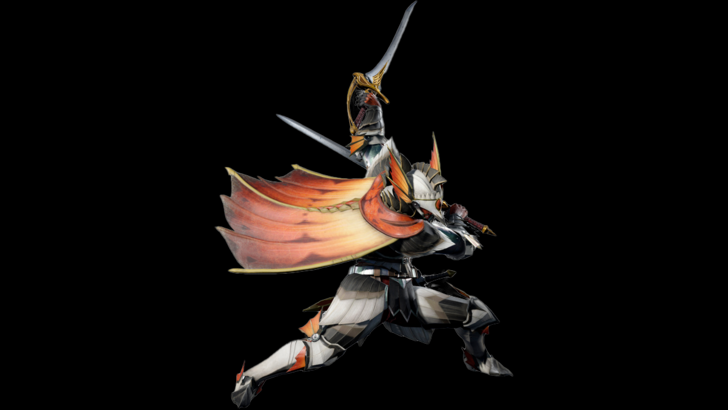
Known for their flashy combos and speed, the Dual Blades are exceptionally effective at inflicting status ailments and elemental damage. Interestingly, despite being a first-generation weapon, they were only included in Western releases of the initial game.
Their rapid attacks, though individually weak, combine for substantial damage. Demon Mode boosts damage and access to additional attacks, at the cost of continuous stamina drain.
Monster Hunter Portable 3rd and 3 Ultimate introduced the Demon Gauge, filling with each attack in Demon Mode. A full gauge activates Archdemon Mode, offering enhanced attacks and evasiveness without stamina drain.
The Demon Dash, a unique movement tool, allows for quick maneuvering. Monster Hunter Generations Ultimate's Adept Hunter Style tied perfect dodges to the Demon Dash, providing damage buffs. The core gameplay remains centered on speed and combos, with Archdemon Mode significantly enhancing its potential.
Second Generation
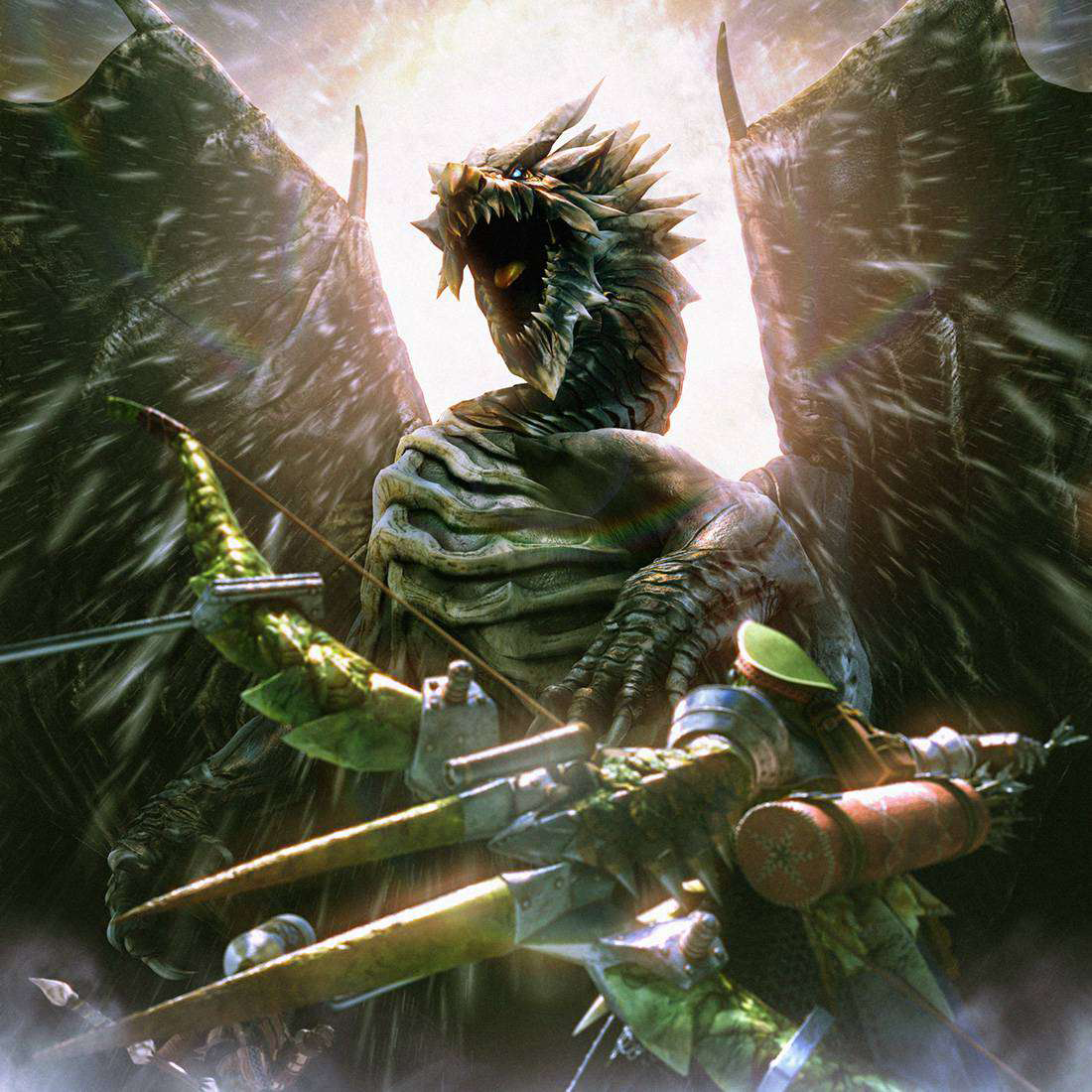
Introduced in the second generation, these weapons are closely related to their first-generation counterparts but possess unique movesets and mechanics.
Long Sword
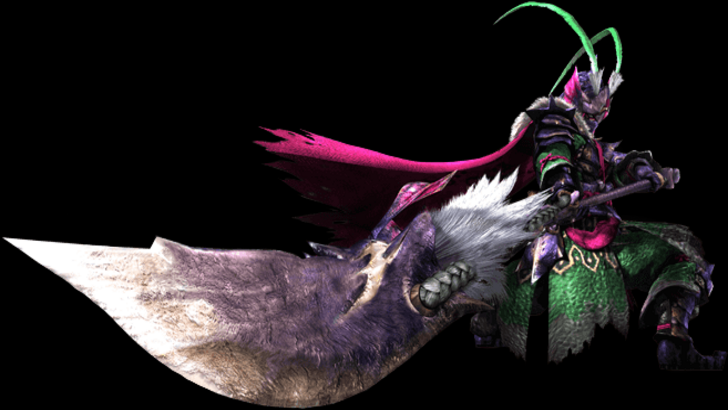
Renowned for fluid combos, high damage, and refined mechanics, the Long Sword, introduced in Monster Hunter 2, offers greater mobility than the Great Sword while maintaining substantial damage output. It lacks a block.
Its core mechanic is the Spirit Gauge, filled by landing attacks. A full gauge activates the Spirit Combo, culminating in significant damage.
Monster Hunter 3 added Spirit Roundslash, a finisher that further enhances the Spirit Gauge. Monster Hunter World introduced the Spirit Thrust Helm Breaker and the Foresight Slash (a parry), enhancing combo flow. Iceborne added the Iai Stance, featuring Iai Slash and Iai Spirit Slash, providing faster Spirit Gauge filling and additional parry options.
The Long Sword's evolution has shifted its focus towards counters and parries, seamlessly integrating them into its combo system. The Spirit Gauge remains central, but the modern iteration prioritizes dynamic gameplay.
Hunting Horn
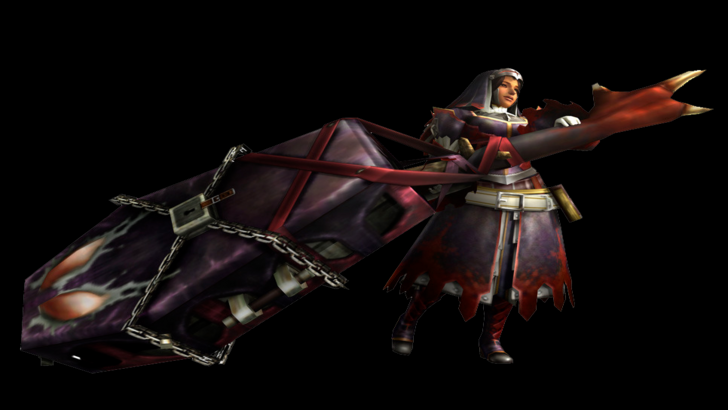
Primarily a support weapon, the Hunting Horn, introduced in Monster Hunter 2, utilizes Recital to play notes, creating various beneficial effects (attack/defense buffs, healing). It deals impact damage, focusing on head strikes for stuns.
Its changes have centered on improving Recital efficiency. Monster Hunter 3 Ultimate allowed note playing during attacks. Monster Hunter World enabled song queuing, streamlining buff activation. Iceborne introduced Echo Notes, adding strategic depth and damage potential.
Monster Hunter Rise overhauled the weapon, simplifying note playing and buff activation, making it more accessible but also more controversial due to a loss of complexity.
Gunlance
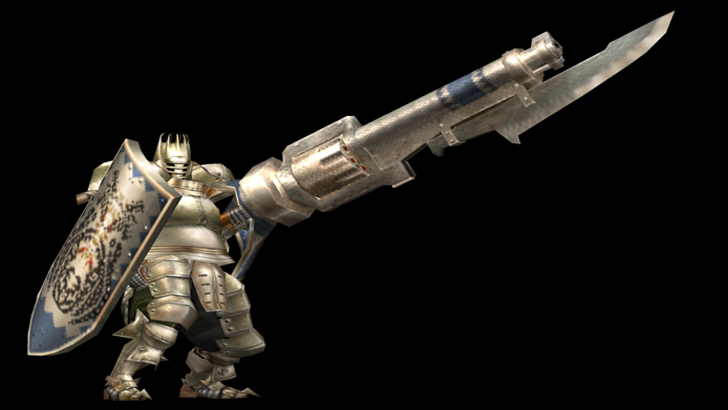
A hybrid of Lance and Bowgun, the Gunlance, introduced in the second generation, combines a shield and lance with explosive shelling. Its attacks are primarily slashing, unlike the Lance's piercing attacks.
Key features include the Wyvern's Fire (a charged explosive attack) and different shelling types affecting attack power. Monster Hunter 3 introduced a quick reload, enabling infinite combos, along with the Full Burst attack.
Monster Hunter X added the Heat Gauge, balancing shelling usage with damage output. Monster Hunter World introduced the Wyrmstake Shot finisher. The Gunlance requires strategic management of shelling and attacks to maximize effectiveness.
Bow

The Bow, introduced in Monster Hunter 2, is a highly mobile ranged weapon emphasizing close-to-mid-range combat. Its gameplay resembles melee weapons, relying on fluid combos and chargeable attacks. Coatings enhance damage and inflict elemental/status effects.
Early games featured Shot Types, affecting attacks. Monster Hunter World unified the moveset, integrating Shot Types into the core combos and making Close-Range Coating infinite. Monster Hunter Rise reintroduced Shot Types, tying them to charge levels.
The Monster Hunter World overhaul streamlined the Bow's gameplay, embracing a more aggressive, combo-heavy style, differentiating it from the Bowgun's point-and-shoot approach.
Third and Fourth Generation
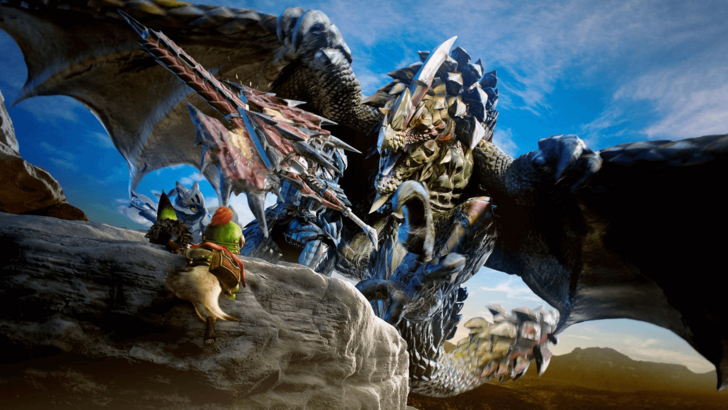
These weapons, introduced in Monster Hunter 3 and 4, feature unique morphing abilities or specialized mechanics.
Switch Axe
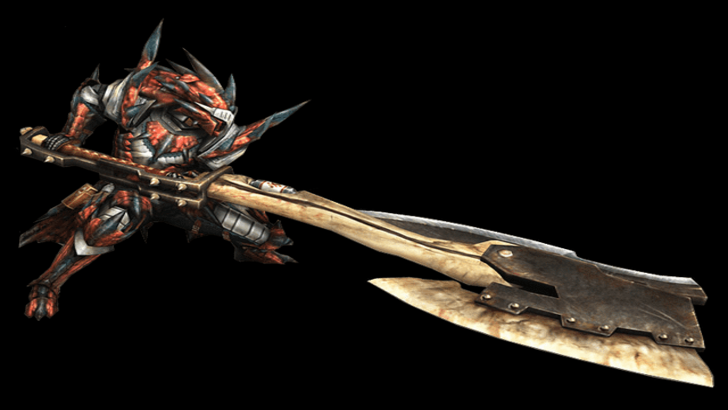
The Switch Axe, introduced in Monster Hunter 3, shifts between Axe and Sword modes. Axe Mode offers mobility and range, while Sword Mode focuses on damage and the Elemental Discharge finisher.
Its core design remains consistent, but morphing capabilities have improved. Monster Hunter World's Amped state empowers attacks, while Rise extends this to both modes.
Insect Glaive
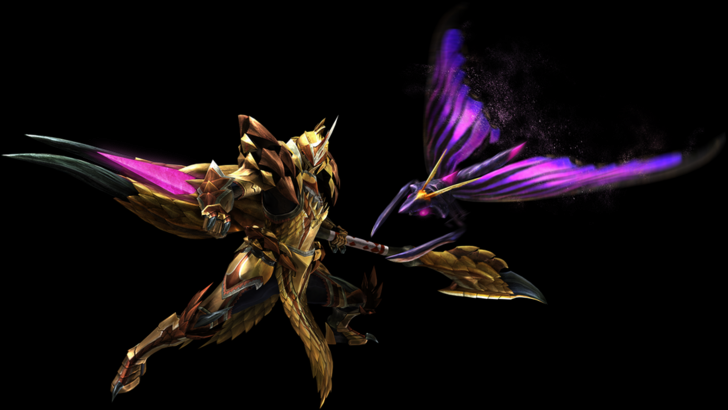
The Insect Glaive, introduced in Monster Hunter 4, uses a Kinsect to collect essences, granting buffs. It excels at aerial combat and mounting monsters.
The core gameplay centers around collecting red, white, and orange essences for enhanced attack, mobility, and defense. Monster Hunter World: Iceborne added the Descending Thrust finisher. Monster Hunter Rise simplified Kinsect upgrades and types.
Charge Blade
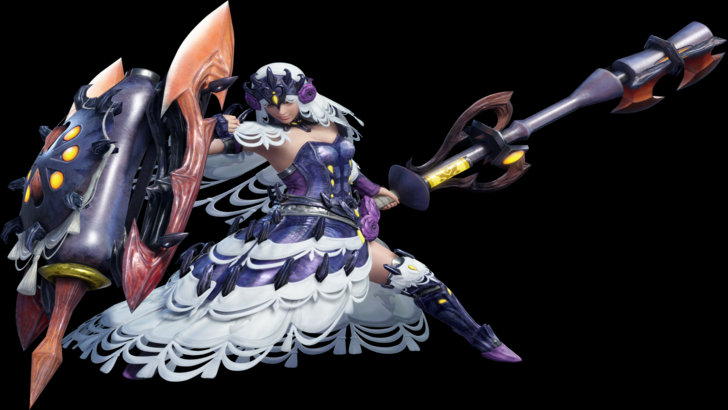
The Charge Blade, also from Monster Hunter 4, shifts between Sword and Axe modes. Sword Mode charges phials, while Axe Mode unleashes Amped Elemental Discharge. It is known for its complexity.
Mastering Guard Points is crucial for efficient phial charging and defense. The weapon's versatility requires understanding both modes and monster behavior.
Future Weapons?

While Monster Hunter Wilds features fourteen weapons, the series' history suggests future additions are likely, either through new designs or the reintroduction of previously exclusive weapons.
You may also like...


